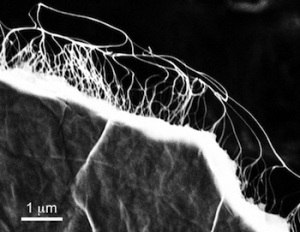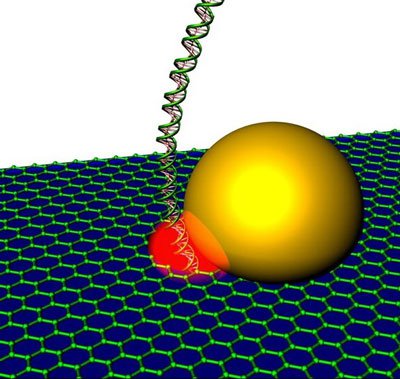Composite materials study that can boost “green” aviation by Haydale and Cardiff University collaboration
 The UK based Haydale and The School of Engineering at Cardiff University have announced the results of a new research that shows improvements in the mechanical performance of carbon fibre composites.
The UK based Haydale and The School of Engineering at Cardiff University have announced the results of a new research that shows improvements in the mechanical performance of carbon fibre composites.
The research tested graphene nanoplatelet (GNP) and carbon nanotube (CNT) reinforced technology. The results of this research show a 13% increase in compression strength and a 50% increase in compression after impact performance, indicating that fracture mode has been positively influenced. This is significant because damage resistance and compression properties are extremely important in high performance structures, such as composite aircraft wings.



